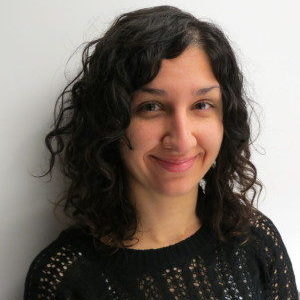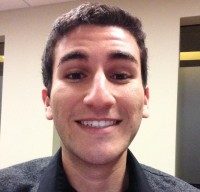NeuroTouch Advances the Field of Surgical Simulation
Parallels are often drawn between the fields of aviation and medicine. It has been said that the number of hospital-related preventable deaths in the United States alone is equivalent to 20 large airplane crashes, with no survivors, each week. With the advancements made in flight safety, doctors are now looking to the field of aviation to improve patient safety.





